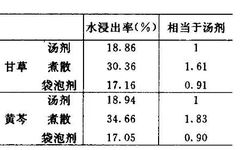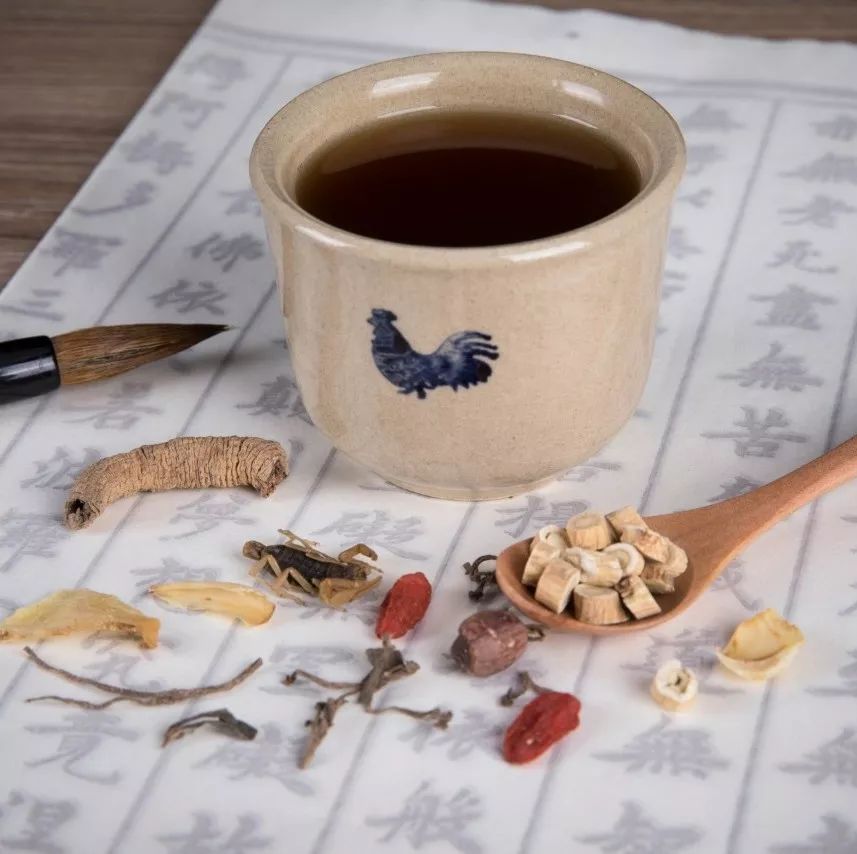
1. Introduction
In 2011, I attended a TCM lecture where a TCM teacher from Hebei mentioned the method of taking small dose decoction powders. At that time, I did not think much of it. In 2015, a patient with dermatitis found the preparation of traditional Chinese medicine cumbersome and asked if there was a simpler method. I prescribed a tea substitute formula, and to my surprise, he reported excellent results. Since then, I have frequently prescribed tea substitute formulas in clinical practice and found that this method indeed possesses the characteristics of “simple, convenient, effective, and economical,” especially for the management of chronic diseases such as chronic gastritis, skin diseases, rhinitis, hepatitis, cardiovascular and cerebrovascular diseases, and rheumatic bone diseases.
This method is suitable for white-collar workers who dislike boiling medicine and is even more appropriate for friends with limited family resources who pay out of pocket for traditional Chinese medicine. Because this method is simple, effective, and saves on medicinal materials and energy consumption, it has significant promotional value in today’s context of relative scarcity of TCM resources and high medicine prices, allowing this ancient method of medication to remain vibrant and rejuvenated. Today, I would like to introduce the relevant content of traditional Chinese medicine decoction powders, hoping to inspire fellow TCM practitioners and patients.
2. Definition of Decoction Powders: Traditional Chinese medicine decoction powders refer to the liquid preparations made by grinding medicinal materials to a certain particle size, decocting them with water, and then straining to obtain the medicinal liquid. Like decoctions, they are a traditional form of TCM administration with a long history and rich connotations.
3. Historical Development of Decoction Powders:
The use of decoction powders began in the pre-Qin period, flourished during the Han dynasty, peaked in the Tang and Song dynasties, and declined in the Ming and Qing dynasties, playing a crucial role in the development of Chinese medicine. Decoction powders retain all the characteristics of traditional decoctions while offering unique advantages such as saving medicinal materials, shorter cooking times, and higher extraction rates of effective components, having been used clinically for thousands of years. In today’s context of scarce medical resources and rising drug prices, promoting the use of traditional Chinese medicine decoction powders is of great significance.
The application of TCM “powders” can be traced back to the pre-Qin era. The earliest medical literature in China, the “Fifty-Two Disease Formulas,” contains records related to the use of “powders,” such as “take three fingers’ worth (a pinch)” and “(pound) in a wooden mortar with wine.” The “Huangdi Neijing” also records the medicinal powder methods of “Zexie Drink” and “Qiao Drink,” which already had the rudimentary form of “decoction powders.”
During the Eastern Han dynasty, Zhang Zhongjing improved the use of TCM “powders,” distinguishing between “boiled medicine” and “decoction powders.” In his “Shanghan Zabing Lun,” he described the methods of taking powders such as Wuling San and Shizao Tang. Other formulas like Fangji Huangqi Tang, Banxia San, Yiwuguadi Tang, and Didi Tang are indeed methods of decoction powders.
The term “decoction powders” first appeared in the Tang dynasty in Sun Simiao’s “Beiji Qianjin Yaofang,” which states: “For the method of ‘continuing life decoction powders,’ take fifteen coarse ingredients, place them in a small silk bag, add four liters of water and three taels of fresh ginger, and boil down to two and a half liters, dividing into three doses…”; during this period, powders were mostly “coarsely sifted,” and the decoction method often involved “wrapping in cotton” to extract the juice for consumption, with the name given to the coarsely ground liquid preparation as “decoction powders” to distinguish it from sliced decoctions and directly boiled fine powders.
The peak period of traditional Chinese medicine decoction powders was during the Song dynasty. The “Taiping Huimin Heji Ju Fang” recorded 788 formulas, of which 68 used decoction methods for decoctions; 132 used decoction methods for powders; other forms such as pills, dan, and drinks also had powder forms; in total, 237 formulas used decoction methods, accounting for 30% of the total formulas.
Traditional Chinese medicine decoction powders declined during the Ming and Qing dynasties. However, decoction powders did not disappear, as many classic decoction powders such as Yinqiao San, Liu Yi San, Fangfeng Tongsheng San, and Yupingfeng San have been passed down to this day. Many renowned TCM practitioners today, such as Yue Meizhong and Pu Fuzhou, prefer to use decoction powders in clinical practice. Mr. Pu pointed out that the efficacy of small-dose decoction powders in treating chronic diseases is more significant, stating, “For chronic diseases, I adjust the imbalances and replenish deficiencies, recommending decoction powders.” This can be seen as a revival of decoction powders in contemporary times.
4. Characteristics of Decoction Powders:
-
1. High solubility rate, low dosage
The results in the table below indicate that the water solubility extraction rate of decoction powders is significantly higher than that of decoctions; the water solubility extraction rate of tea bags is closer to that of decoctions. Research shows that the commonly used amount of decoction powders throughout history is at least 3 g /dose, with a maximum of 20 g /dose, and very few exceed 21 g /dose, with 78% mostly between 9 and 15 g /dose.
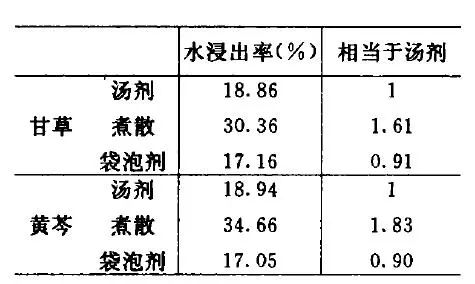
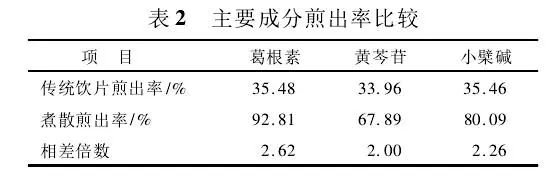
-
2. Easy to prepare. Decoction powders only require the medicinal materials to be made into coarse or fine powder, mixed evenly, and packaged into bags.
-
3. Small volume, easy to carry and consume. This ensures the continuity of treatment and is also suitable for children, especially when it is not appropriate to take pills, tablets, or capsules; powders can be consumed.
5. Methods of Administration:
1. Consume with residue and soup
If the particle size of the raw materials for the powder is small and easy to drink after decoction, it can be consumed with the residue, which is the method of consuming decoction powders with residue.
2. Remove residue and consume soup
If the particle size of the raw materials is larger, this type of decoction powder should be consumed after removing the residue. For example, in the formulas such as Maxing Shigan Tang, Fangji Huangqi Tang, Baihu Jia Guizhi Tang, Didi Tang, and Fengyin Tang.
3. Swallowing powder method
If the TCM is finely ground and there are ulcerated areas, the powder can be swallowed directly.
4. Tea substitute
For those who find it inconvenient to decoct traditional Chinese medicine, powdered TCM can be packaged in tea bags and brewed with boiling water.
6. Method for Making Homemade Decoction Powders:
1. Ingredients and Equipment: Traditional Chinese medicine, TCM grinder (blender), sieve, tea bags
2. Steps:
(1) Dry the TCM at 70 degrees for 2 hours, then grind it with a TCM grinder. Decoction powders do not need to be sifted; coarse powder is sufficient (around 1mm particle size). If swallowing powders, it is better to sift finer, generally through a 200 mesh sieve. (This step can be done at the pharmacy when getting the medicine, usually for free.)
(2) Place 10-20g of TCM powder in a tea bag, decoct for 20-30 minutes (boil vigorously, then simmer).
(3) After the time is up, remove the tea bag and consume the soup. Generally, take it 2 times a day.
7. Method for Making Homemade Tea Substitute (suitable for mild symptoms and those who do not wish to cook medicine):
1. Ingredients and Equipment: Traditional Chinese medicine, TCM grinder (blender), sieve, tea bags
2. Steps:
(1) Dry the TCM at 70 degrees for 2 hours, then grind it with a TCM grinder. Decoction powders do not need to be sifted; coarse powder is sufficient (around 1mm particle size). If swallowing powders, it is better to sift finer, generally through a 200 mesh sieve. (This step can be done at the pharmacy when getting the medicine, usually for free.)
(2) Place 10-20g of TCM powder in a tea bag, brew with boiling water, and let cool to room temperature before consuming. It can be brewed repeatedly 3-5 times. (Basically, follow the method of brewing tea leaves.)
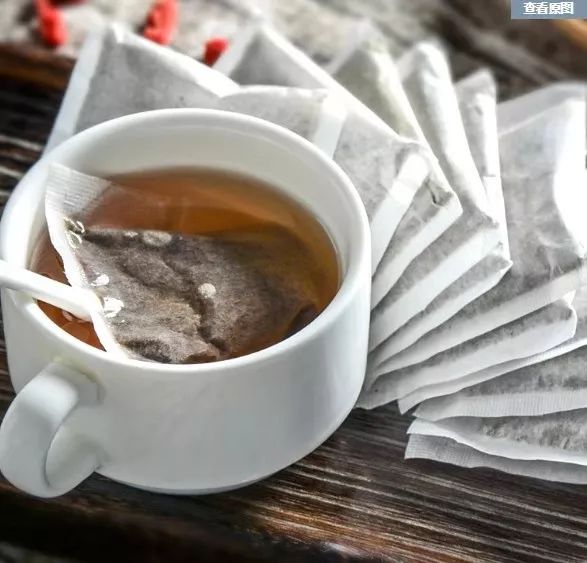
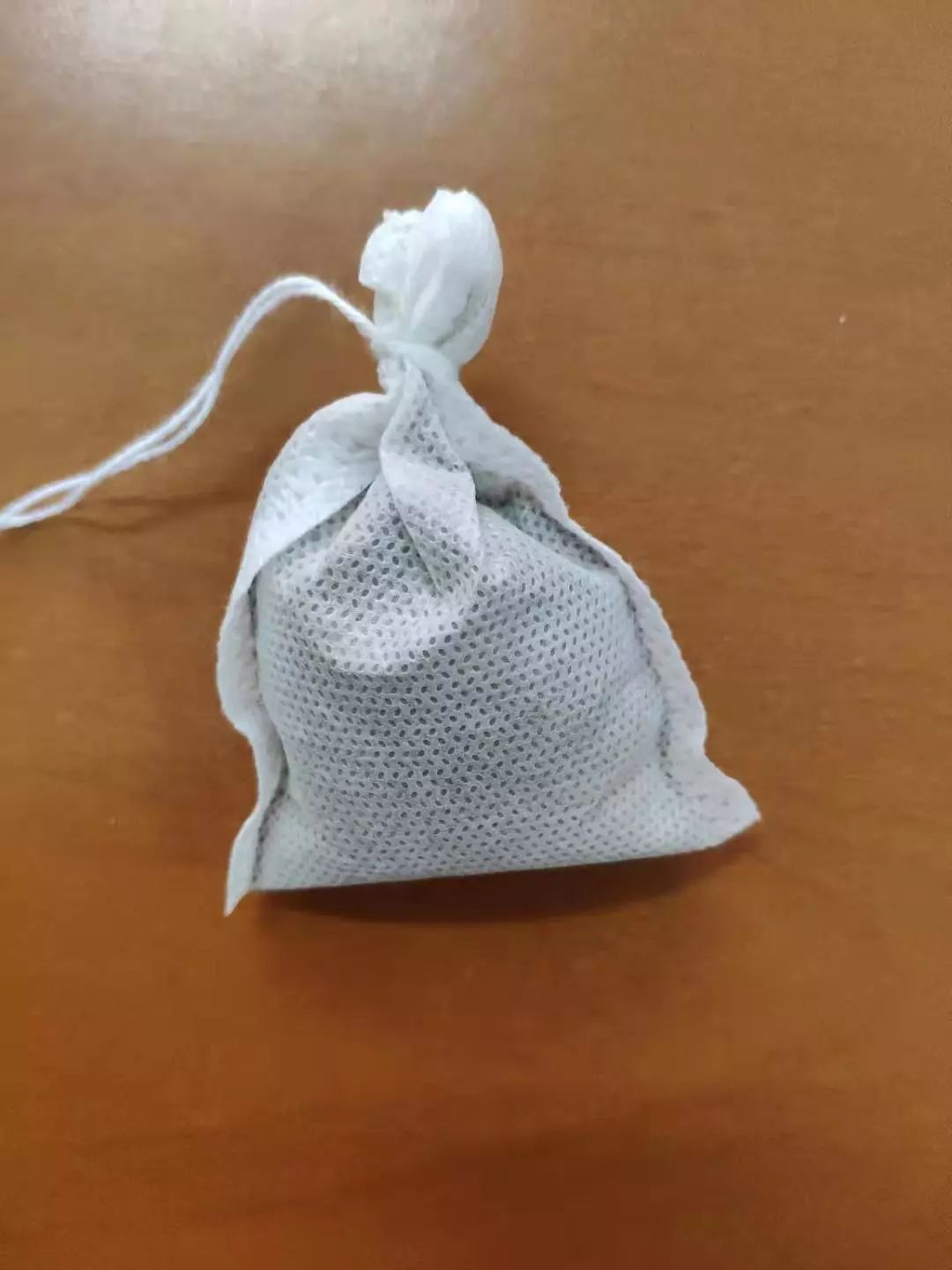
Follow us

